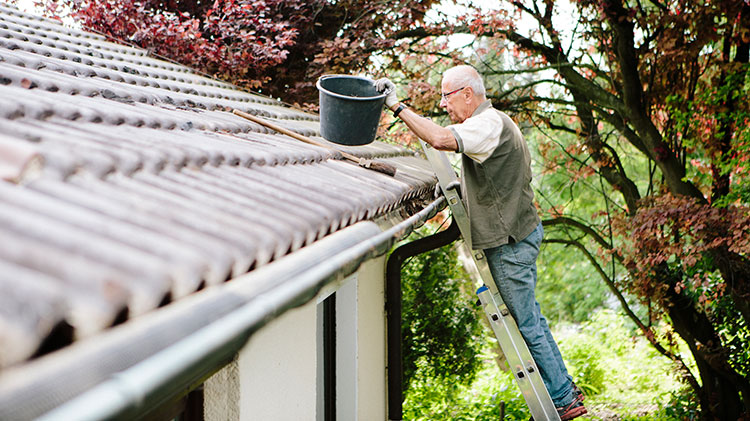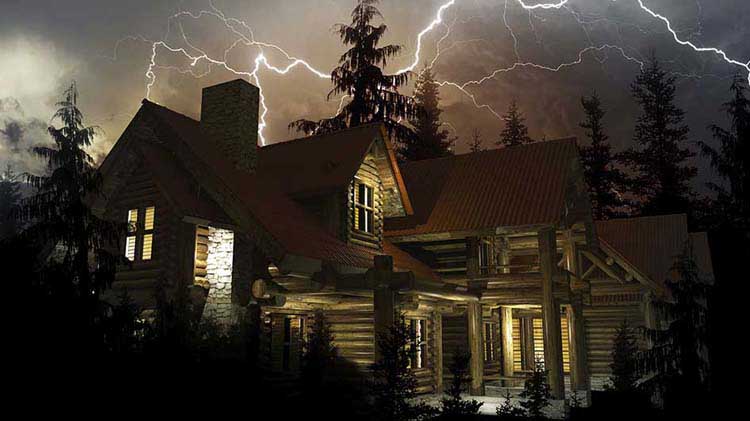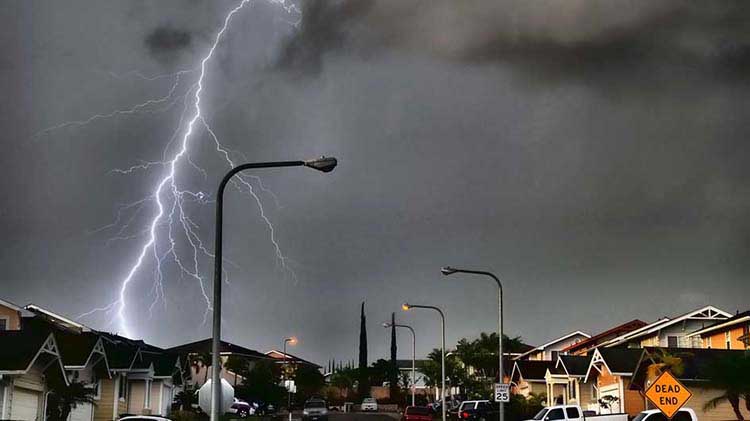Prepare your home for spring weather and severe storms
You can’t stop spring showers, but you can prepare for spring storms, severe winds and more.
Spring doesn’t just mean fresh flowers and pastels; it could also mean rapidly changing weather and, at times, severe storms. Help get your home and family ready with these tips.
Spring weather reminders
Let it flow. Remove debris from your gutters, drains and downspouts so that heavy rains can flow freely off your roof. Check that downspouts are secure and that water is draining well away from your home and not toward your foundation. Add extensions if necessary.
Have your roof inspected. Especially after winter weather, inspecting your roof can be an opportunity to catch any damage or weakening to the roof before it causes further damage. Consider having a professional inspect the roof to prevent possible roofing surface damage, and also prevent putting yourself in harm’s way.
Trim the trees. Safely prune lanky limbs and branches to help minimize potential debris that could land on your home or a power line.
Tidy up. It’s called “spring cleaning” for a reason! In the event of a weather emergency, being able to easily navigate your home and access supplies — including knowing where you put them — is important. Keeping a clean home may help for just that reason, plus, it offers a chance to create a home inventory. Check out these tips for spring cleaning to help make it an easier task.
Surge protection. Part of storm preparedness means planning for lightning. If you have a grounding system for your home, inspect accessible components like the lightning rod and grounding wire for damage or obstruction. If you do not, consider having a lightning protection system installed. Indoors, check that surge protectors on outlets are set up and functioning, especially for outlets providing power to expensive electronics.
Check the sump pump and grinder station (if your home has one or both). Test them to see if they are clean and operable, confirming that the outflow is draining properly. Consider adding a battery-powered backup sump pump to help keep the system working if the power goes out. Additionally, an automatic standby generator could further secure your home's capability to provide power to a sump pump and other electrical systems during power outages.
Stow your gear. When strong winds are forecast, secure patio furniture and other yard items or put them in your garage or a shed so they don't become dangerous projectiles.
Cover up. Close and secure storm shutters if your home has them. Keep blinds and shades drawn and tape or tack window coverings around the edges to help protect you from broken, flying glass. Consider securing thick blankets over vehicles that are exposed to the elements to diminish damage from hail.
Have a plan. Create a storm plan that fits the needs of you and your family, confirming that each member of the household knows all elements of the plan, such as communication procedures or evacuation strategies.
Emergency supplies
If power outages are common in your area, consider having an emergency kit prepared for household members and pets. Familiarize yourself with the use and application of all the contents of your kit and keep it in an accessible and central location in your home. Suggested emergency supplies include:
- Flashlight and fresh batteries
- Battery or solar-powered weather radio and/or transistor radio
- First-Aid kit
- Hand sanitizer and/or wipes
- Three days' worth of non-perishable food (typically canned or dried food) and water
The Federal Emergency Management Agency (FEMA) offers lists of emergency supplies. FEMA also has additional preparedness tips for severe weather on its site. Once the storm has passed, if there is any damage, contact your State Farm® agent as soon as possible to get a claim started.



